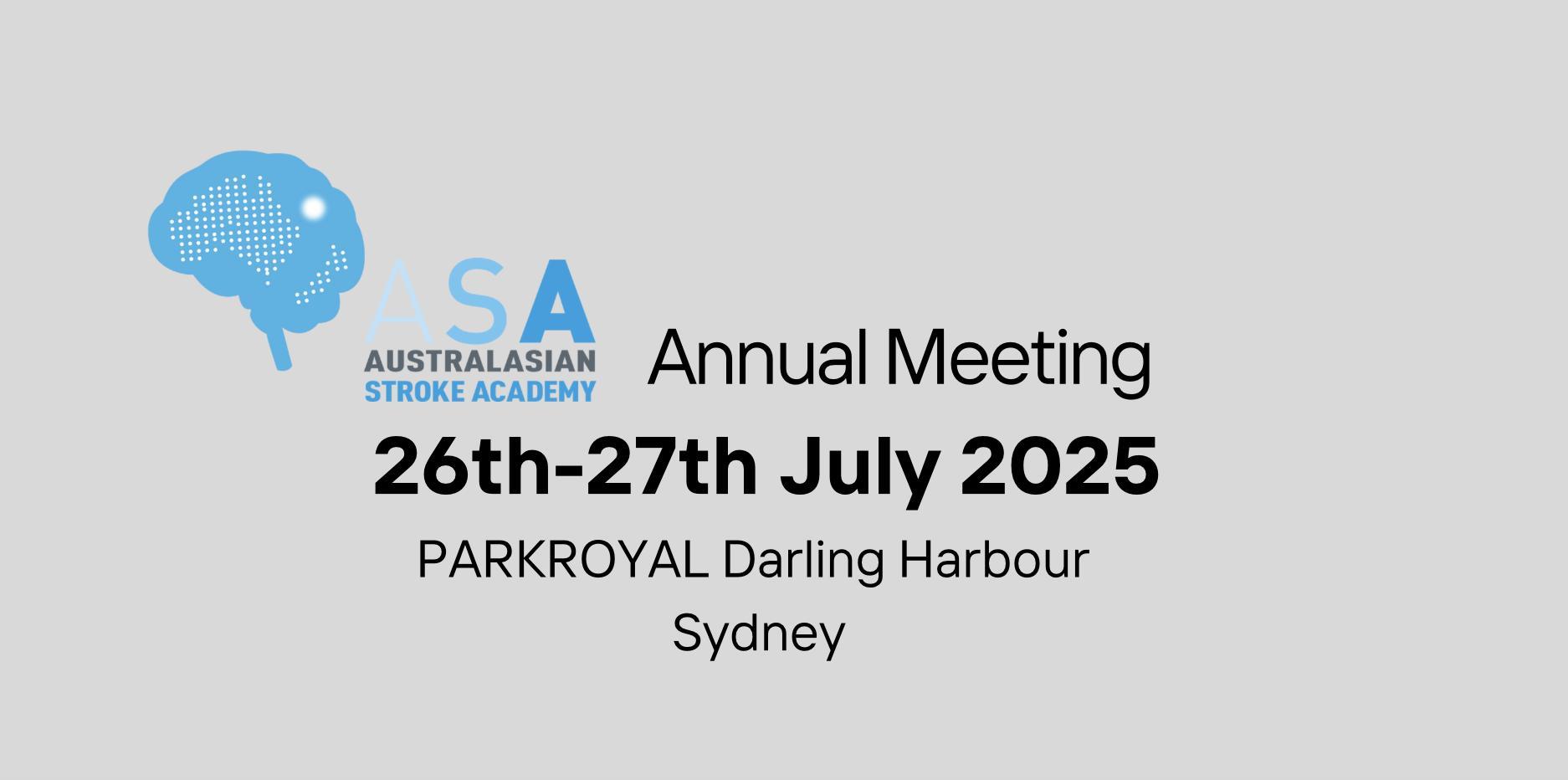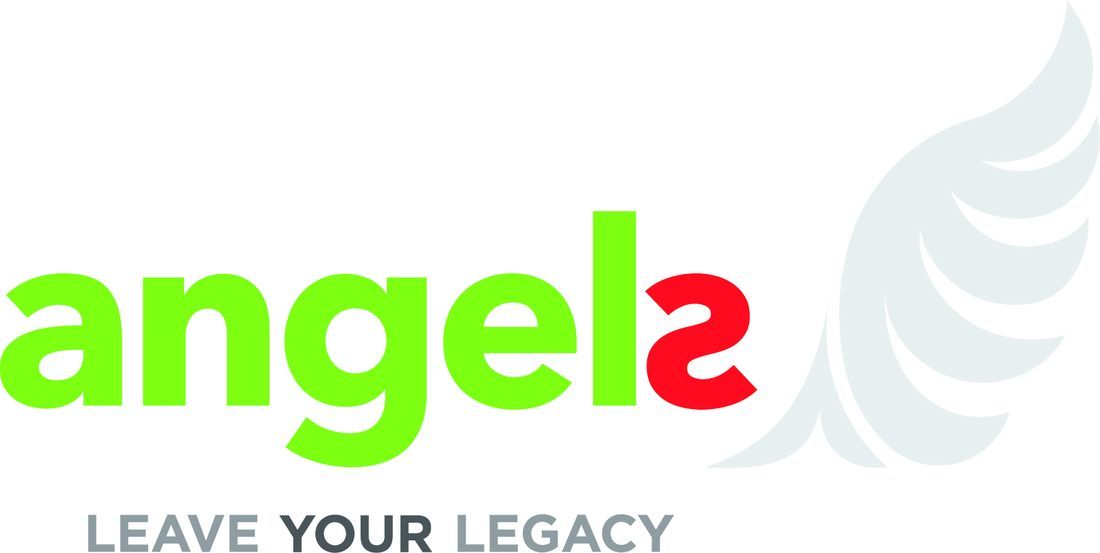

Face to Face meeting
The ASA Annual Meeting is an educational meeting designed to provide basic and advanced trainees with an overview of the major topics related to modern stroke care. Consultants who do not have a career focus on stroke would also benefit from the up to date summaries of modern management of stroke.
The topics will include clot retrieval patient selection, heart-brain interactions with cardiac electrophysiologists and structural interventionists and the management of haemorrhagic stroke, including the emergency reversal of anticoagulation. The faculty will be drawn from stroke and other subspecialty experts from Australia and New Zealand. Click here for the program
Message from the President
Dear colleagues,
The year is winding up and we’ve had a fantastic year of scientific, teaching and expert meetings both in person and as online webinars. Our Korean Australian Joint Stroke Congress was a success, as was our pre-ANZSO meeting workshop. Thank you to all who have attended our meetings in 2024. Stroke teaching and learning is the core of the ASA’s mission and your participation is an essential element in making these efforts successful.
In 2025 we aim to add a nominal membership fee for ASA membership with benefits to be packaged with this fee. You’ll also see a revamped website to support this, so keep an eye out on your inboxes for news relating to this.
Our 2025 Friday Stroke Unit Heads Meeting and weekend ASA meetings will be held in Sydney in 2025, July 25-27, so please save the date and start spreading the word.
But for now, please enjoy a safe and refreshing Christmas/New Year and holiday season. We’ll see you in 2025!
A/Prof Andrew Wong
President, Australasian Stroke Academy
December 2024
White Paper on access to mechanical thrombectomy
The Australasian Stroke Academy is proud to support a recently launched White Paper on access to mechanical thrombectomy, hosted on the Australian Stroke Alliance web page. We encourage you to be aware of this and to support it, and we thank our collaborating organisations in the development and sharing of this important piece of work.
LINKEDIN: Australian Stroke Alliance post
TWITTER: Australian Stroke Alliance post
Health Industry Hub interview – Stryker & A/Prof Laetitia de Villiers
Youtube launch video - https://www.youtube.com/watch?v=PCxmKZkHz_Y
White Paper host page (ASA) -https://austrokealliance.org.au/white-paper/
Please join the Australasian Stroke Academy
The Academy values your support and most importantly, sharing our vision. The Academy is an evolving organisation with more than 200 stroke physician members and it is keen to actively engage with our members through open dialogue and feedback. Your participation and opinion will help to shape this organization to be a professional body of which we can be proud. click here to join.

National Stroke Targets 30/60/90 – Australian Stroke Coalition
The Australasian Stroke Academy is an organization dedicated to the training, continuing education and facilitation of stroke research by Stroke Physicians or specialists doctors who have an interest in stroke. Our audience includes neurologists, internal medicine physicians, geriatricians, rehabilitation physicians general practitioners and trainee physicians of the Royal Australasian College of Physicians.
Follow us on